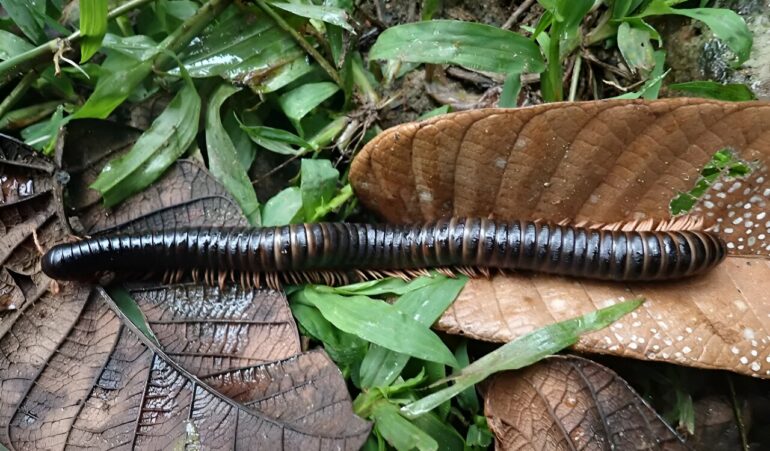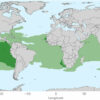When a new species is discovered in the depths of the rainforest or on top of a mountain, it can be years before the creature is cataloged again. Separated from science by elevation, water or tangled branches, the species lives undisturbed, its populations existing in an almost-separate world.
Sometimes, so much time passes, scientists can’t be sure whether the animals still exist. That’s when they send out an expedition. Re:wild is working to rediscover these species “lost to science,” according to a July 17 news release.
This includes species that aren’t extinct and may have been observed by local communities, but they have not been identified in a scientific study for an extended period of time.
In a recent expedition to Makira, the largest rainforest in Madagascar, researchers, entomologists and trail guides searched the trees, ground and rivers for 30 different “lost” species, according to the release.
“In the past, the Search for Lost Species has primarily looked for one or two species on each expedition, but there are now 4,300 species that we know of around the world that have not been documented in a decade or more,” Christina Biggs, a Re:wild officer, said.
“Madagascar is a biodiversity hotspot and Makira is an underexplored area within the country, so we decided to pilot a new model for lost species searches there. We convened a group of scientists to search for as many species as possible, and it proved successful.”
Of the 30 species on the need-to-find list, there were three mammals, three fish, seven reptiles, 12 insects and five spiders, according to the release.
They searched for five days before local guides and fishers helped to identify all three fish species. The guides walked for days to local communities and discovered a Makira rainbow fish that was brought back to camp, as well as photos of a fish with “iridescent scales and red highlights,” according to the release.
The team also rediscovered several species of insects, some of which weren’t on the initial list, before something “most unexpected” caught their eye.
“I personally was most surprised and pleased by the fact that the giant millipede Spirostreptus sculptus, not uncommon in Makira Forest, appeared to be another lost species known only from the type specimen described in 1897,” entomologist Dmitry Telnov said. “The longest specimen of this species we observed in Makia was a really gigantic female measuring (10.8 inches) long.”
Spirostreptus species can live up to five years and regularly reach longer than six inches, according to Ant’s Kingdom. They are also called “olive-striped” millipedes.
Despite 21 species being rediscovered, many couldn’t be confirmed.
The Masoala fork-marked lemur, not documented since 2004, evaded the research team, as well as a large chameleon species missing since 2006, according to the release.
A dusky tetraka, a type of bird rediscovered on another expedition in December 2022, lives on both sides of Makira, and researchers were hoping to find it in the forest, but were unsuccessful, researchers said.
“Though Makira is the largest forest in Madagascar, it is still facing pressure from agriculture,” Re:wild said. “The expedition team worries that species in the underexplored forest could face steep population declines before scientists have an opportunity to study them.”
The Makira forest is in northeastern Madagascar, an island nation off the east coast of Mozambique.
2024 The Charlotte Observer. Distributed by Tribune Content Agency, LLC.
Citation:
Giant millipede was lost to science for 126 years: It’s just been found in Madagascar (2024, July 19)



